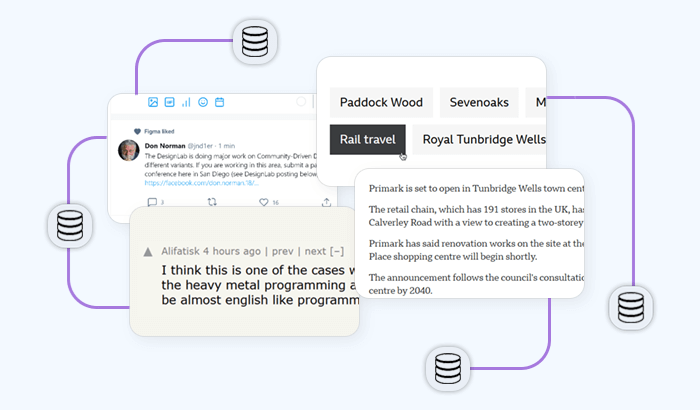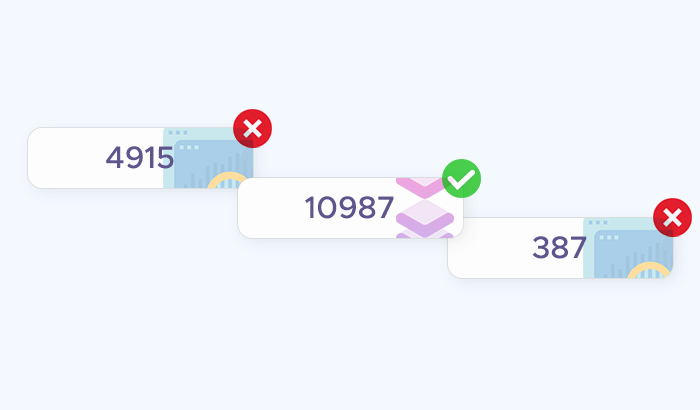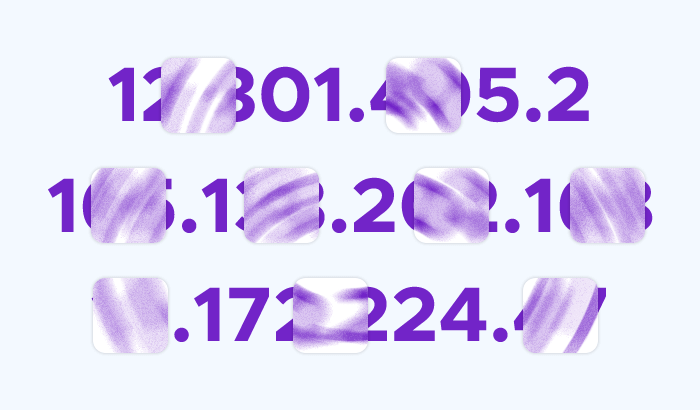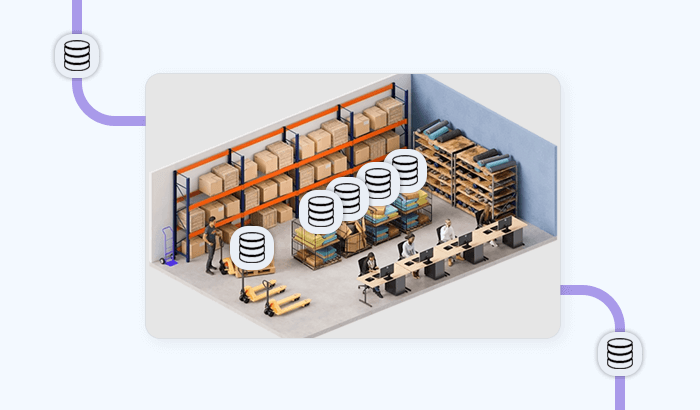

Data collection technologies – particularly web scraping APIs – enable retailers, analysts, and pricing teams to extract structured, up-to-date data from online stores, marketplaces, and competitor websites, turning raw web content into actionable retail intelligence. Let’s explore why data collection is crucial for modern retail operations, the key challenges involved, and how automated solutions like Infatica’s Web Scraper API empower businesses!
Why Retailers Need Data Collection
Let’s look at the key areas where data collection brings measurable business value:
Inventory and Demand Forecasting
Accurate data on product availability and sales trends helps predict demand more effectively. Retailers can minimize stockouts, prevent overstocking, and optimize supply chains based on current and forecasted consumer interest.
Customer Sentiment and Trend Tracking
User reviews, product ratings, and social media discussions are valuable indicators of what customers think and feel. Collecting and analyzing this data helps identify emerging trends, customer pain points, and opportunities for product improvement.
Pricing Optimization
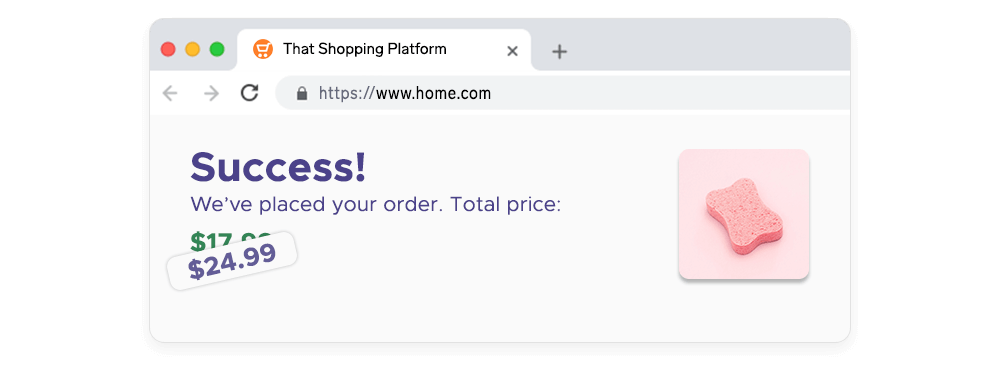
Retail prices change constantly as demand, competition, and supply fluctuate. With access to real-time pricing data from competitors and marketplaces, retailers can dynamically adjust their own prices – ensuring competitiveness while maintaining healthy margins.
Competitor Benchmarking
Monitoring competitors’ catalogs, new product launches, and promotional strategies gives retailers a clear picture of market positioning. This intelligence supports faster, data-driven decisions about product assortment, pricing, and marketing campaigns.
Market Expansion and Localization
Retail data also supports strategic growth. By analyzing regional pricing, availability, and preferences, retailers can fine-tune product offerings for specific markets – whether expanding internationally or adapting to local demand.
Common Sources of Retail Data
Retail data can come from a wide variety of sources – both internal and external – each offering unique insights into market dynamics, consumer behavior, and competitive activity. To build a complete, accurate view of the retail landscape, businesses often combine multiple streams of information into a single data-driven strategy.
E-Commerce Websites
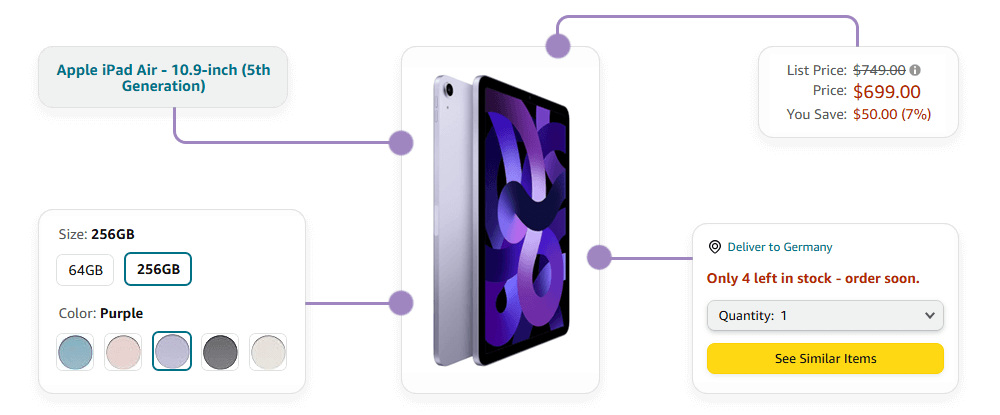
Online stores and brand websites are among the richest sources of retail data. They provide details such as product names, prices, descriptions, stock status, and images – all of which change frequently. Collecting this information manually is unrealistic at scale, which is why automated methods like web scraping are used to track thousands of product listings in real time.
Online Marketplaces and Aggregators
Large platforms such as Amazon, eBay, and Walmart Marketplace host millions of listings from multiple sellers. Monitoring these platforms helps retailers understand pricing trends, top-performing products, and competitive positioning across categories and regions.
Customer Review Platforms
Sites like Trustpilot, Yelp, and Google Shopping contain valuable qualitative data about customer satisfaction, product quality, and brand perception. Analyzing these reviews helps identify recurring themes and opportunities for improvement.
Social Media Channels
Social networks – from X (Twitter) and TikTok to Instagram and Reddit – are key spaces where consumers express opinions and influence purchasing trends. Retailers increasingly rely on social data to detect viral product trends and monitor brand sentiment in real time.
Internal Data Sources
Point-of-sale (POS) systems, CRM databases, and loyalty programs offer a wealth of in-house insights, from sales patterns to customer lifetime value. Combining internal and external data allows retailers to align business strategy with real-world market conditions.
Key Challenges in Retail Data Collection
As the retail industry becomes increasingly data-driven, collecting accurate and up-to-date information at scale poses several significant challenges. Retailers must navigate technical, operational, and ethical obstacles to turn vast amounts of raw web data into reliable business intelligence.
Scale and Freshness
Retail data changes by the minute – prices fluctuate, product availability shifts, and promotions come and go. Capturing this dynamic information across thousands of SKUs and multiple platforms requires automated, high-frequency data collection. Without scalability, retailers risk working with outdated insights that no longer reflect current market conditions.
Data Access Restrictions
Many e-commerce websites implement anti-bot technologies such as rate limits, CAPTCHAs, and geo-blocking to prevent unauthorized data extraction. These measures can slow or completely block traditional scraping methods, making it difficult to maintain consistent data access across regions and domains.
Data Quality and Standardization
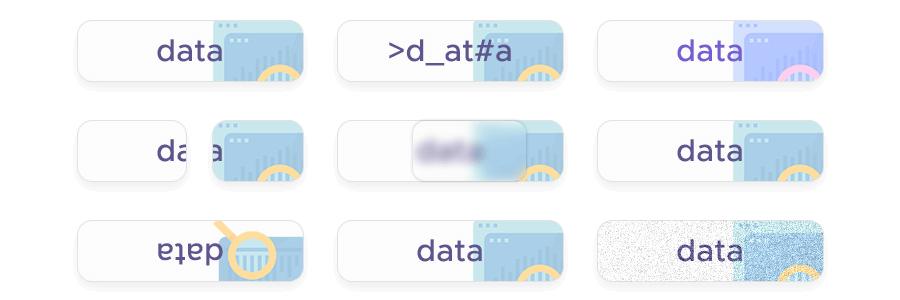
Raw web data often contains inconsistencies – such as missing values, different currency formats, or varying product attributes. Cleaning, structuring, and normalizing this information is critical to ensure that analytical tools and pricing systems produce accurate results.
Technical Complexity
Building and maintaining custom scraping infrastructure requires expertise in proxy rotation, request scheduling, user-agent management, and data parsing. These components demand constant upkeep as websites evolve their structures and anti-bot mechanisms.
Compliance and Ethical Considerations
Retailers must also ensure their data collection processes align with legal frameworks and ethical standards. Respecting robots.txt rules, avoiding personal data, and complying with relevant data protection laws (such as GDPR) are essential for responsible, compliant data acquisition.
How Web Scraping and Infatica’s API Power Retail Data Collection
Infatica’s Web Scraper API simplifies every stage of the retail data collection process – from managing proxies and handling CAPTCHAs to parsing and delivering clean data. It’s designed to give businesses instant, scalable access to retail intelligence across any geography or platform.
With Infatica’s Web Scraper API, you can:
- Access e-commerce and marketplace data at scale – Monitor millions of listings in real time.
- Collect structured, ready-to-analyze data – Receive results in standardized formats for seamless integration.
- Overcome geo-blocking and rate limits – Automatically rotate IPs through a global proxy network.
- Focus on insights, not infrastructure – Let the API handle scraping logic, error recovery, and data formatting.
- Stay compliant and secure – Collect only public, non-personal data in line with ethical scraping standards.
Manual vs. Automated Retail Data Collection
Retailers can collect data in two main ways: through manual methods (such as browsing websites and recording information by hand or with simple scripts) or automated solutions like web scraping APIs. The difference between them lies in speed, scale, reliability, and accuracy.
| Aspect | Manual Data Collection | Automated Data Collection (via Web Scraper API) |
|---|---|---|
| Scalability | Limited to small datasets; time-consuming for large-scale projects. | Handles millions of pages and product listings in real time. |
| Data Freshness | Updated infrequently; prone to delays and outdated insights. | Continuously collects up-to-date data from multiple sources. |
| Accuracy and Consistency | Human error and inconsistent data formats are common. | Automatically structured and normalized data ensures accuracy. |
| Access to Restricted or Geo-Specific Data | Blocked by rate limits and regional restrictions. | Bypasses geo-blocking with global proxy rotation. |
| Technical Requirements | Requires manual effort or basic scripting knowledge. | No coding needed — the API handles requests, parsing, and delivery. |
| Maintenance Effort | High; scripts must be updated when websites change. | Low; automated systems adapt to website structure updates. |
| Compliance and Security | Risk of violating platform rules or mishandling data. | Follows ethical scraping standards and collects only public data. |
| Cost Efficiency | Labor-intensive; scales poorly with larger datasets. | Cost-effective at scale with predictable resource usage. |








